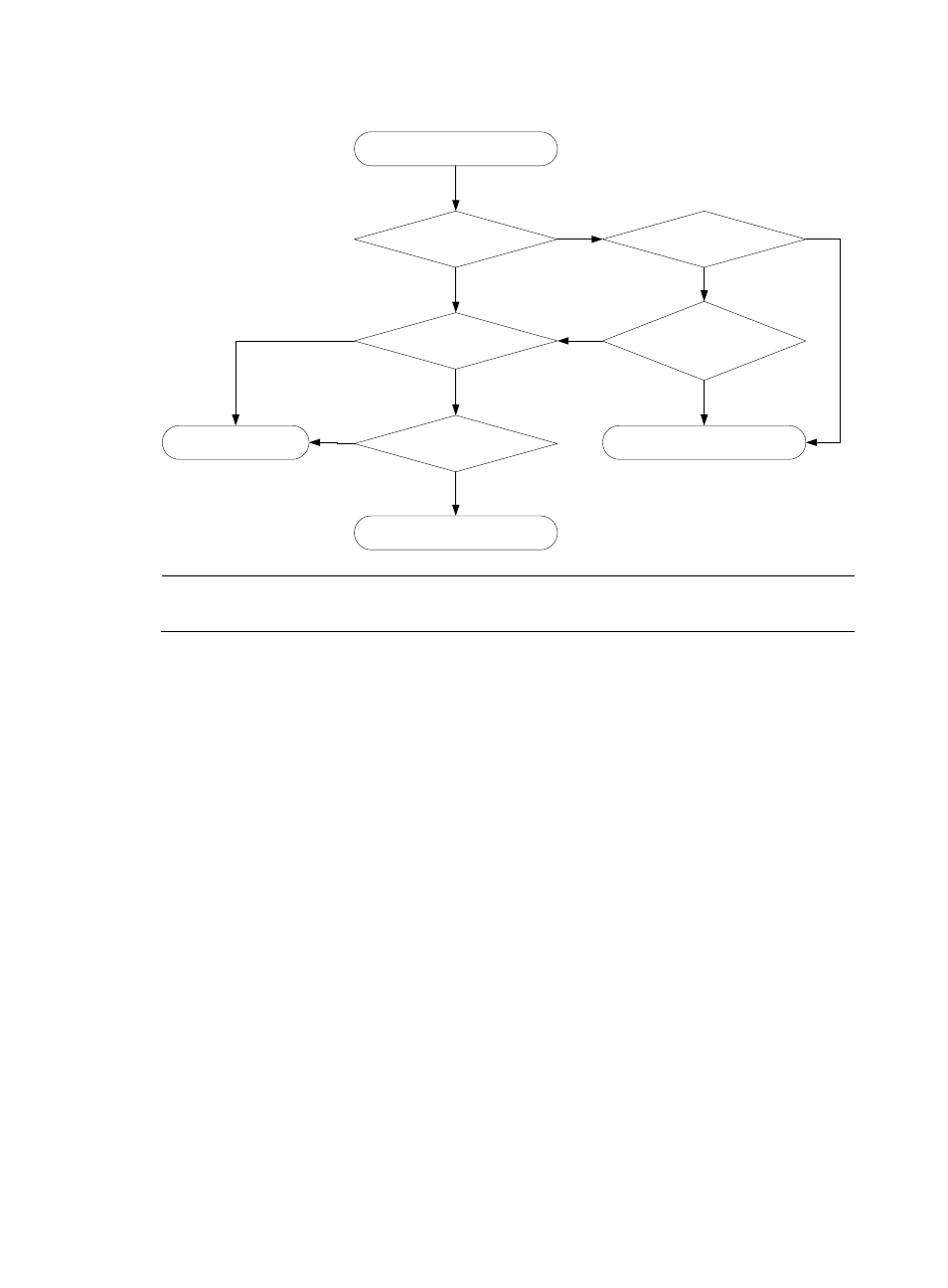Multi-instance pim, Protocols and standards, N in – H3C Technologies H3C S10500 Series Switches User Manual
Page 157: Figure 52

142
Figure 52 Relationships among PIM protocols
A receiver joins multicast group G
G is in the SSM group range
Use BIDIR-PIM for G
BIDIR-PIM is used?
G has corresponding
BIDIR-PIM RP?
Yes
No
Yes
No
Yes
No
Use PIM-SSM for G
An IGMP SSM mapping is
configured for G?
Use PIM-SM for G
The receiver specifies a
multicast source?
No
Yes
No
Yes
NOTE:
For more information about IGMP SSM mapping, see the chapter “IGMP configuration.”
Multi-instance PIM
A multicast router running multiple instances maintains an independent set of PIM neighbor table,
multicast routing table, BSR information and RP-set information for each instance.
After receiving a multicast data packet, the multicast router determines the instance the data packet
belongs to. The router then forwards the packet as per the multicast routing table of that instance or
creates a multicast routing table entry for that instance.
Protocols and standards
•
RFC 3973, Protocol Independent Multicast-Dense Mode (PIM-DM): Protocol Specification(Revised)
•
RFC 4601, Protocol Independent Multicast-Sparse Mode (PIM-SM): Protocol Specification (Revised)
•
RFC 5015, Bidirectional Protocol Independent Multicast (BIDIR-PIM)
•
RFC 5059, Bootstrap Router (BSR) Mechanism for Protocol Independent Multicast (PIM)
•
RFC 4607, Source-Specific Multicast for IP
•
Draft-ietf-ssm-overview-05, An Overview of Source-Specific Multicast (SSM)